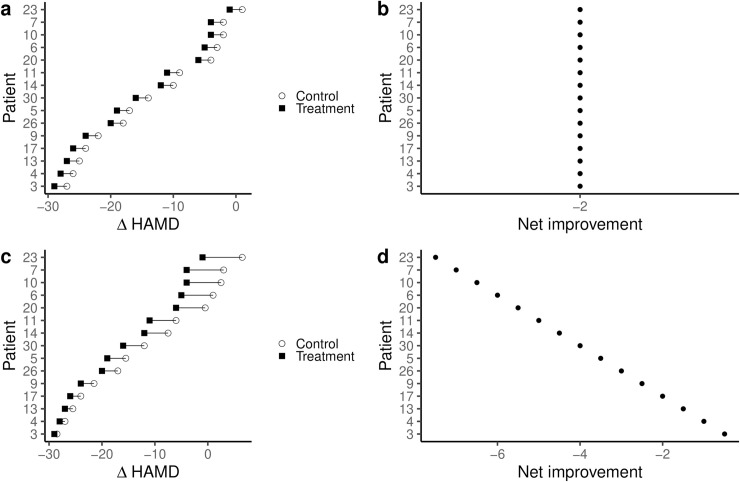Fig 2. Simulation of adding a single crossover condition to the initial RCT shows that inferences about individual treatment effects can be misleading when only considering the observed outcomes.
When adding a crossover condition, it is possible that the outcomes observed in the patients under the antidepressant condition would be paralleled by the outcomes under a crossover placebo condition (a). In such a scenario, the net benefit, the actual effect of the treatment, is constant between individuals (b). Patients classified as “responders” when just observing their outcome under the treatment condition (Fig 1C) would thus not differ from those classified as “non-responders”. It is also possible, that the patients with the best outcome under the initial treatment condition would also have the best outcomes in the crossover control condition (c). In such a scenario, the patients with the best outcome would, in fact, experience the smallest net benefit of the treatment (d). Those patients that would otherwise be classified as “non-responders” based on their observed outcomes (Fig 1C) would experience the largest net benefit.

